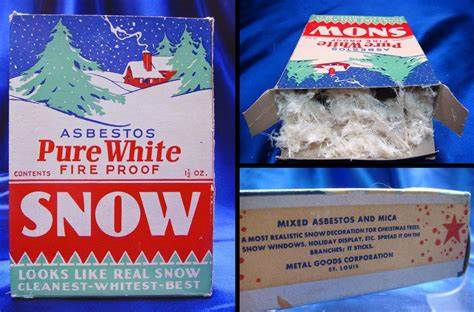Asbestos Awareness
- Anna Hayford

- Jul 31, 2024
- 2 min read
Updated: Jun 25
What is asbestos?
Asbestos is a group of naturally occurring minerals.
Asbestos is known for their durability, heat resistance, and insulating properties. It was commonly used in construction materials, automotive parts, and various household products before its health risks were fully understood.
What is the concern?
When asbestos-containing materials are disturbed, tiny fibers can be released into the air. Inhalation of these fibers poses serious health risks, including asbestosis, lung cancer, and mesothelioma.
When might I encounter asbestos?
Asbestos can be found in a variety of places, especially in older buildings and products:
Isett associates working in pre-1989 buildings with disturbed building materials are at particular risk.
Building Materials of concern include: Insulation, floor tiles, roofing shingles, and cement.
What to do if asbestos is suspected:
Do Not Disturb: If you suspect a material contains asbestos, do not disturb it. Asbestos is most dangerous when it's airborne.
While working at Isett:
Report Concerns: If you work in an environment where asbestos exposure is possible, report any concerns to your supervisor or Chris Kotch, Corp. H&S Rep, immediately.
Depending on your prior training and role, a plan will be determined for testing.
At Home:
Seek Professional Help: Contact a licensed asbestos abatement professional to assess the situation. They can safely remove or encapsulate the asbestos.
At-home test kits are available, but not recommended unless the asbestos is already disturbed. Even then, there are extremely strict instructions. Read with care!
Every day precautions:
Avoid Cutting, Drilling, or Sanding: Never cut, drill, or sand materials that might contain asbestos without proper safety equipment and procedures.
Check Labels: If working with older products or materials, check for asbestos warnings or consult an expert.
Keep Areas Well-Ventilated: Ensure proper ventilation in areas where asbestos might be present to minimize exposure risks.
(Not so) Fun Fact: Singing in the... asbestos?
In the earliest days of Hollywood, set dressers would most often use cotton balls to simulate snow in movies.
In 1928, concern over cotton’s flammability began. White cornflakes proved too crunchy, and fire-resistant, soft asbestos soon became the norm.
Later, sold under brand names like Snow Drift, asbestos-containing fake snow was a family favorite until the 60s.







